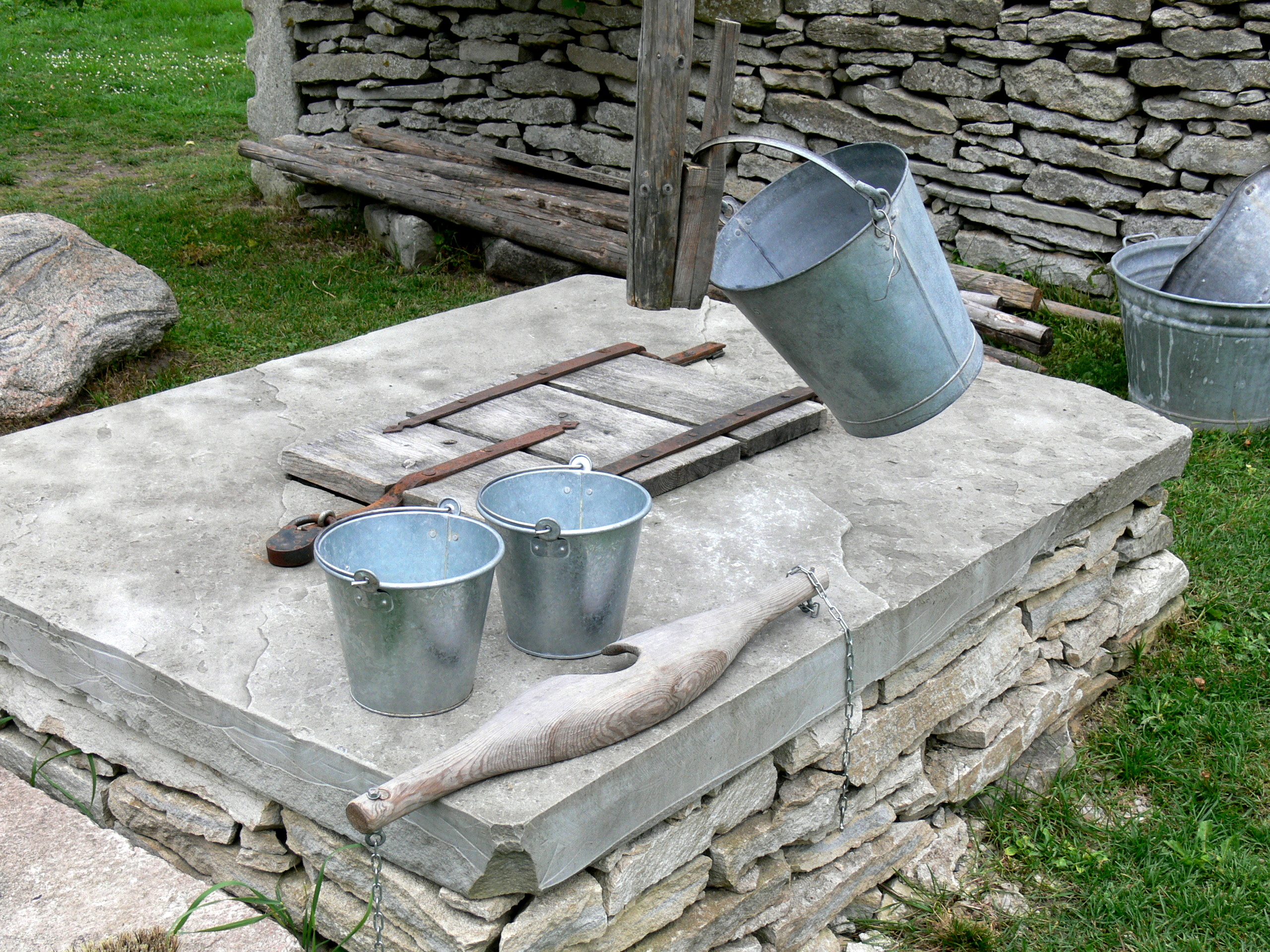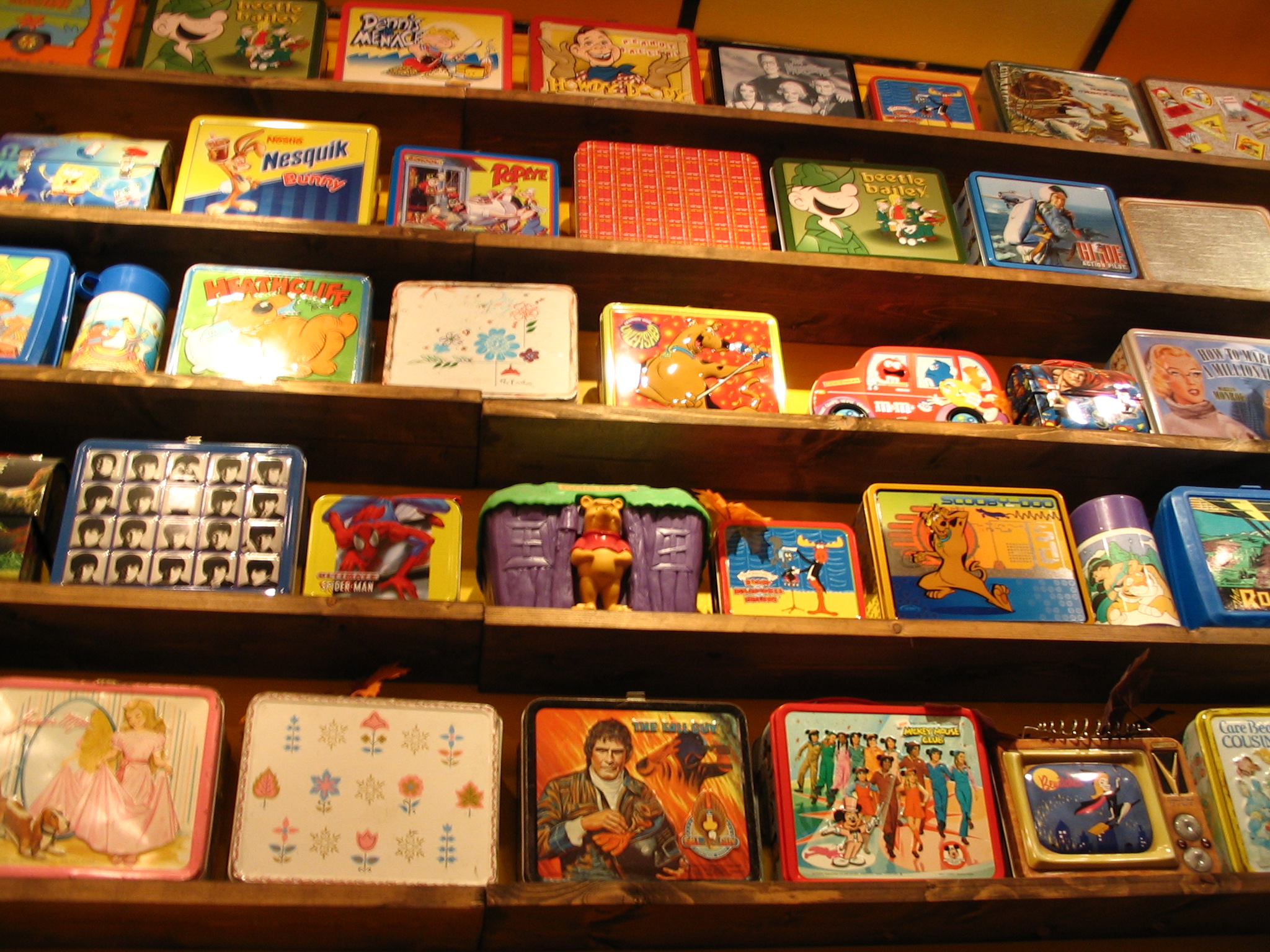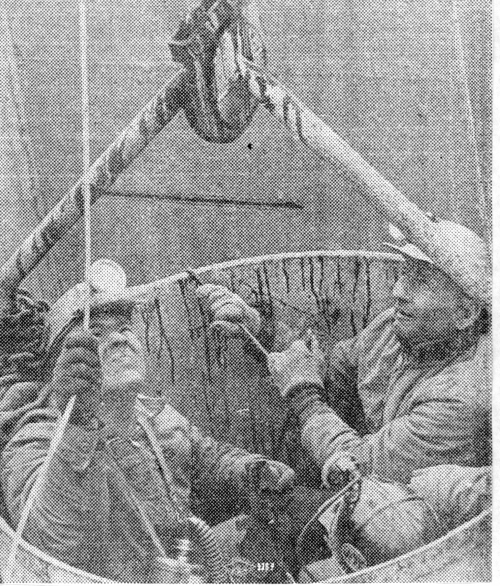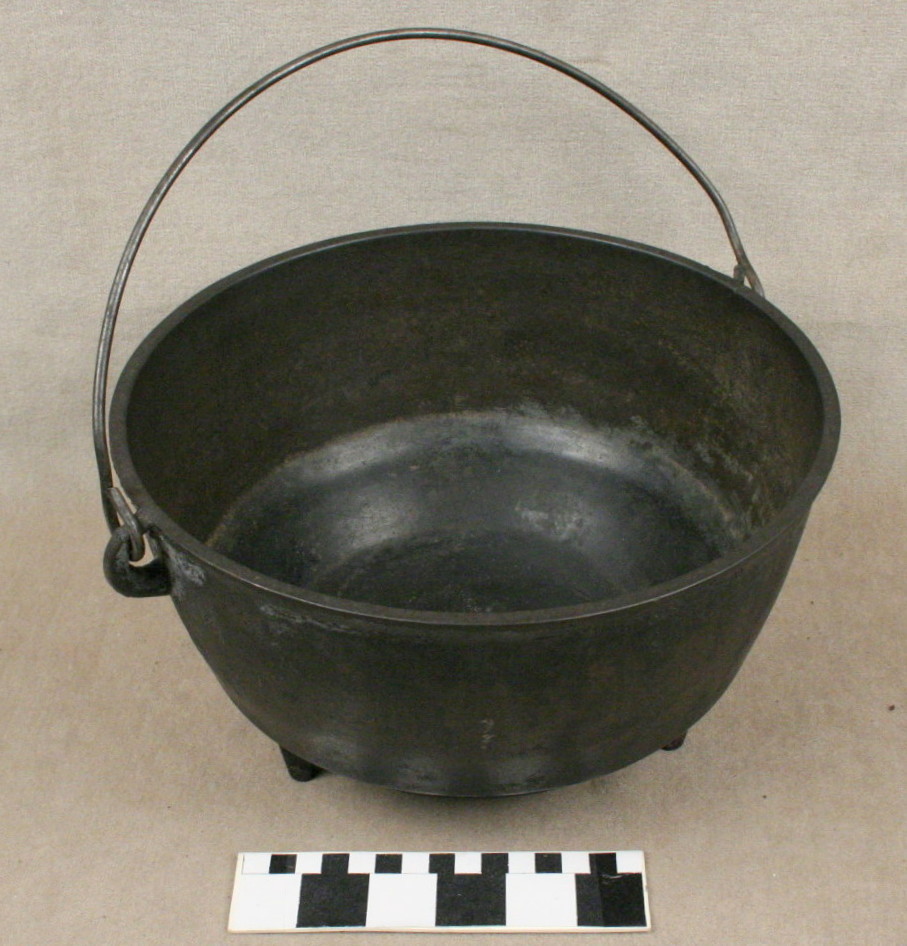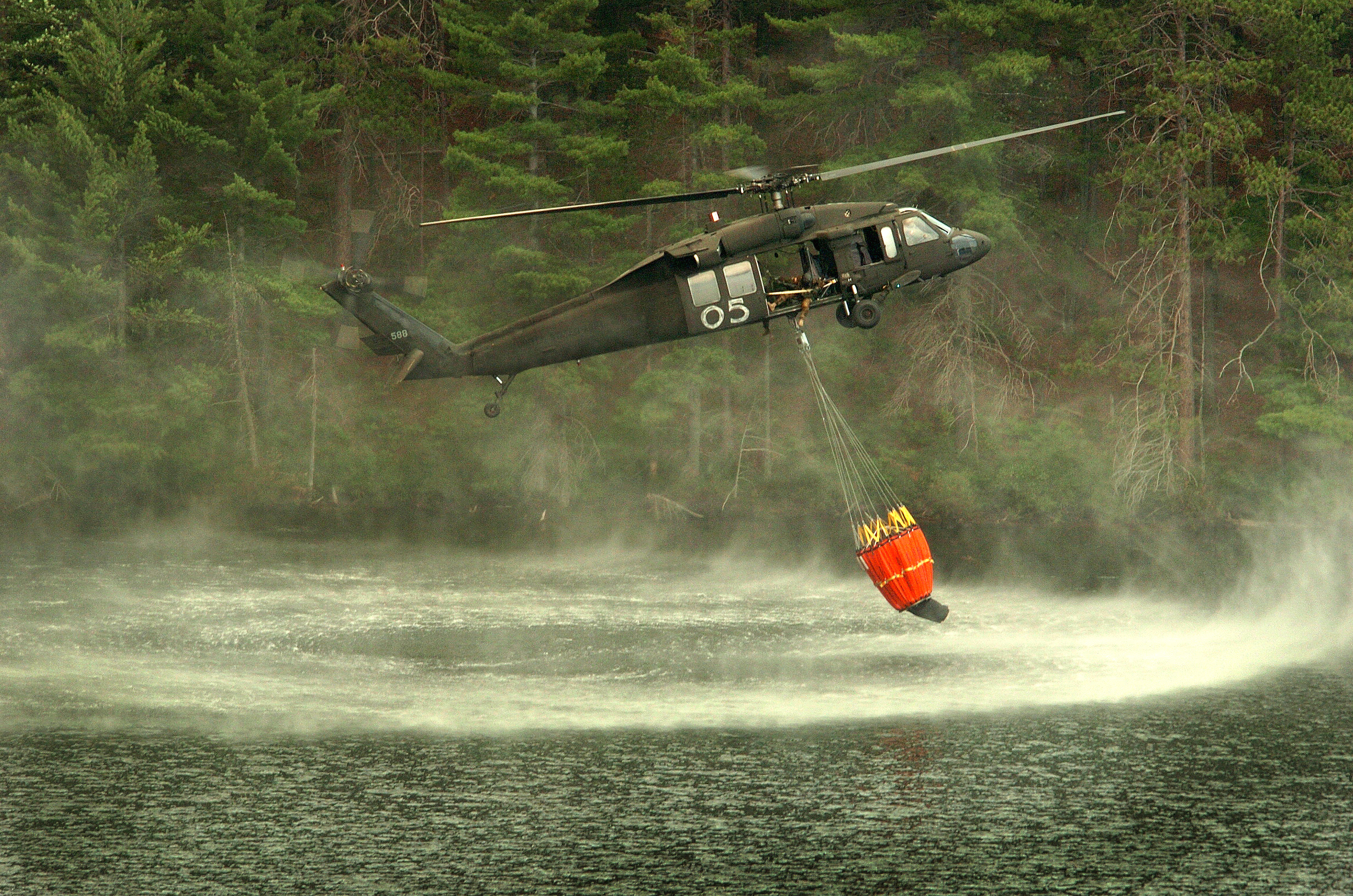|
Pail
A bucket is typically a watertight, vertical cylinder or truncated cone or square, with an open top and a flat bottom, attached to a semicircular carrying handle called the ''bail''. A bucket is usually an open-top container. In contrast, a pail can have a top or lid and is a shipping container. In common usage, the two terms are often used interchangeably. Types and uses A number of bucket types exist, used for a variety of purposes. Though most of these are functional purposes, a number, including those constructed from precious metals, are used for ceremonial purposes. Common types of bucket and their adjoining purposes include: * Water buckets used to carry water * Household and garden buckets used for carrying liquids and granular products * Elaborate ceremonial or ritual buckets constructed of bronze, ivory or other materials, found in several ancient or medieval cultures, sometimes known by the Latin for bucket, * Large scoops or buckets attached to loaders and tel ... [...More Info...] [...Related Items...] OR: [Wikipedia] [Google] [Baidu] |
Lunch Box
A lunch box (alt. spelling lunchbox) refers to a hand-held container used to transport food, usually to work or to school. It is commonly made of metal or plastic, is reasonably airtight and often has a handle for carrying. In the United States In the United States a lunchbox may also be termed a lunch pail, lunch bucket or lunch tin, either as single words or paired. The concept of a food container has existed for a long time, but it was not until people began using tobacco tins to carry meals in the early 20th century, followed by the use of lithographed images on metal, that the containers became a staple of youth, and a marketable product. It has most often been used by schoolchildren to take packed lunches, or a snack, from home to school. The most common modern form is a small case with a clasp and handle, often printed with a colorful image that can either be generic or based on children's television shows or films. Use of lithographed metal to produce lunch boxes ... [...More Info...] [...Related Items...] OR: [Wikipedia] [Google] [Baidu] |
Pail (container)
In technical usage in the shipping industry, a pail is a type of cylindrical shipping container with a capacity of about . It can have straight or slanted sides and usually has a handle or bail. The non-technical usage of ''pail'' is identical to '' bucket''. Construction Pails can be made of *Steel, tinplate *Aluminium * Fibre, paperboard *Plastics Pails are either "open head" with removable lids (covers) or are "tight head" with sealed heads and a screw closure. Pails made of wood, and later metal, were originally used to transport milk, before the introduction of the milk churn. Uses Pails are used for a variety of fluids and flowable materials. When properly constructed and certified, they may be used for dangerous goods shipments. Pails are shipping containers that are shipped individually, shipped as secure unit loads on pallets, or shipped in corrugated fiberboard boxes. See also * Bucket *Plastic bottle References Books, general references * Soroka, W, ''Fund ... [...More Info...] [...Related Items...] OR: [Wikipedia] [Google] [Baidu] |
Kick The Bucket
To kick the bucket is an English idiom considered a euphemistic, informal, or slang term meaning "to die". Its origin remains unclear, though there have been several theories. Origin theories A common theory is that the idiom refers to hanging, either as a method of execution or suicide. However, there is no evidence to support this. Its earliest appearance is in the ''Dictionary of the Vulgar Tongue'' (1785), where it is defined as "to die". In John Badcock's slang dictionary of 1823, the explanation is given that "One Bolsover having hung himself from a beam while standing on a pail, or bucket, kicked this vessel away in order to pry into futurity and it was all UP with him from that moment: ''Finis''". The theory favoured by the OED relates to the alternative definition of a bucket as a beam or yoke that can be used to hang or carry things on."Bucket". ''The Oxford English Dictionary''. 2nd ed. 1989. The "bucket" may refer to the beam on which slaughtered pigs are suspended. T ... [...More Info...] [...Related Items...] OR: [Wikipedia] [Google] [Baidu] |
Shipping Container
A shipping container is a container with strength suitable to withstand shipment, storage, and handling. Shipping containers range from large reusable steel boxes used for intermodal shipments to the ubiquitous corrugated boxes. In the context of international shipping trade, "container" or "shipping container" is virtually synonymous with " intermodal freight container" (sometimes informally called a "sea can"), a container designed to be moved from one mode of transport to another without unloading and reloading. Intermodal freight containers Freight containers are a reusable transport and storage unit for moving products and raw materials between locations or countries. There are about seventeen million intermodal containers in the world, and a large proportion of the world's long-distance freight generated by international trade is transported in shipping containers. In addition, it is estimated that several million of these containers have now been discarded due to t ... [...More Info...] [...Related Items...] OR: [Wikipedia] [Google] [Baidu] |
Situla (vessel)
Situla (plural ''situlae''), from the Latin word for bucket or pail, is the term in archaeology and art history for a variety of elaborate bucket-shaped vessels from the Iron Age to the Middle Ages, usually with a handle at the top. All types may be highly decorated, most characteristically with reliefs in bands or friezes running round the vessel. Decorated Iron Age situlae in bronze are a distinctive feature of Etruscan art in burials from the northern part of the Etruscan regions, from which the style spread north to some cultures in Northern Italy, Slovenia, and adjacent areas, where terms such as situla culture and situla art may be used. Situla is also the term for types of bucket-shaped Ancient Greek vases, some very finely painted. More utilitarian pottery situlae are also found, and some in silver or other materials, such as two glass ones from late antiquity in St Mark's, Venice. Ancient Egyptian and Near Eastern shapes tend to have a pointed bottom, so that they must ... [...More Info...] [...Related Items...] OR: [Wikipedia] [Google] [Baidu] |
Excavator Bucket
A bucket (also called a scoop to qualify shallower designs of tools) is a specialized container attached to a machine, as compared to a bucket adapted for manual use by a human being. It is a bulk material handling component. The bucket has an inner volume as compared to other types of machine attachments like blades or shovels. The bucket could be attached to the lifting hook of a crane, at the end of the arm of an excavating machine, to the wires of a dragline excavator, to the arms of a power shovel or a tractor equipped with a backhoe loader or to a loader, or to a dredge. The name "bucket" may have been coined from buckets used in water wheels, or used in water turbines or in similar-looking devices. Purposes Buckets in mechanical engineering can have a distinct quality from the traditional bucket (pail) whose purpose is to contain things. Larger versions of this type of bucket equip bucket trucks to contain human beings, buckets in water-hauling systems in mines or, ... [...More Info...] [...Related Items...] OR: [Wikipedia] [Google] [Baidu] |
Bail Handle
A bail handle, or simply bail, is a handle that consists of an open loop that moves freely within two fixed mounts or ''ears''. Several designs are available: bails are typically made of metal (wire) or plastic. It is a type of package handle which may be used for carrying an item, such as a tin can or bucket; or kettle, or as a drawer pull. A bail handle can also be used to hang an item such as a pharmaceutical bottle potted plants, etc. A flip-top closure on a bottle or jar is sometimes called a ''bail closure''. Decorative bail handles appeared on pieces of French Rococo furniture Furniture refers to movable objects intended to support various human activities such as seating (e.g., stools, chairs, and sofas), eating ( tables), storing items, eating and/or working with an item, and sleeping (e.g., beds and hammocks) ... during the early 18th century. These handles on drawers were rounded and hinged onto an escutcheon plate and hung down in the shape of a half moon ... [...More Info...] [...Related Items...] OR: [Wikipedia] [Google] [Baidu] |
Helicopter Bucket
A helicopter bucket is a specialised bucket suspended on a cable carried by a helicopter to deliver water for aerial firefighting. Each bucket has a release valve on the bottom which is controlled by the helicopter crew. When the helicopter is in position, the crew releases the water to extinguish or suppress the fire below. Each release of the water is referred to as a drop. The design of the buckets allows the helicopter to hover over a water source – such as a lake, river, pond, or tank – and lower the bucket into the water to refill it. This allows the helicopter crew to operate the bucket in remote locations without the need to return to a permanent operating base, reducing the time between successive drops. Design Buckets can be collapsible or rigid and vary in capacity from . The size of each bucket is determined by the lifting capacity of the helicopter required to utilise each version. Some buckets can include fire retardant foam or the ability to pump wat ... [...More Info...] [...Related Items...] OR: [Wikipedia] [Google] [Baidu] |
Heinrich Zille
Rudolf Heinrich Zille (10 January 1858 – 9 August 1929) was a German illustrator, caricaturist, lithographer and photographer. Childhood and education Zille was born in Radeburg near Dresden, son of watchmaker Johann Traugott Zill (''Zille'' since 1854) and Ernestine Louise (born ''Heinitz'', daughter of a miner from the Ore Mountains). His father had originally been a blacksmith, however, being technically skilled, had gone on to become a watchmaker, goldsmith and inventor of tools. Zille spent his early years in Potschappel. His childhood was not without trouble. His father was incarcerated several times in debtors' prison and creditors harassed the family so much that the young Zille was often sent to live with his grandmother. In 1867 the family left town because of their debts and moved to Berlin. While still in school, the young Zille began to take drawing lessons. The teacher was supportive, and during a discussion of his future career aspirations, encouraged Zille t ... [...More Info...] [...Related Items...] OR: [Wikipedia] [Google] [Baidu] |
Wringer
A mangle or wringer is a mechanical laundry aid consisting of two rollers in a sturdy frame, connected by cogs and (in its home version) powered by a hand crank or by electricity. While the appliance was originally used to wring water from wet laundry, today mangles are used to press or flatten sheets, tablecloths, kitchen towels, or clothing and other laundry. History Clothes press The ''Oxford English Dictionary'' dates the first use of the word in English from 1598, quoting John Florio who, in his 1598 dictionary, ''A World of Words'', described "a kind of press to press buckram, fustian, or dyed linen cloth, to make it have a luster or gloss". The word comes from the Dutch ''mangel'', from ''mangelen'' "to mangle", which in turn derives from the medieval Latin ''mango'' or ''manga'' which ultimately comes from the Greek ''manganon'', meaning "axis" or "engine". Some northern European countries used a table version for centuries, the device consisting of the rolling pin, ... [...More Info...] [...Related Items...] OR: [Wikipedia] [Google] [Baidu] |
English Language
English is a West Germanic language of the Indo-European language family, with its earliest forms spoken by the inhabitants of early medieval England. It is named after the Angles, one of the ancient Germanic peoples that migrated to the island of Great Britain. Existing on a dialect continuum with Scots, and then closest related to the Low Saxon and Frisian languages, English is genealogically West Germanic. However, its vocabulary is also distinctively influenced by dialects of France (about 29% of Modern English words) and Latin (also about 29%), plus some grammar and a small amount of core vocabulary influenced by Old Norse (a North Germanic language). Speakers of English are called Anglophones. The earliest forms of English, collectively known as Old English, evolved from a group of West Germanic (Ingvaeonic) dialects brought to Great Britain by Anglo-Saxon settlers in the 5th century and further mutated by Norse-speaking Viking settlers starting in the 8 ... [...More Info...] [...Related Items...] OR: [Wikipedia] [Google] [Baidu] |
